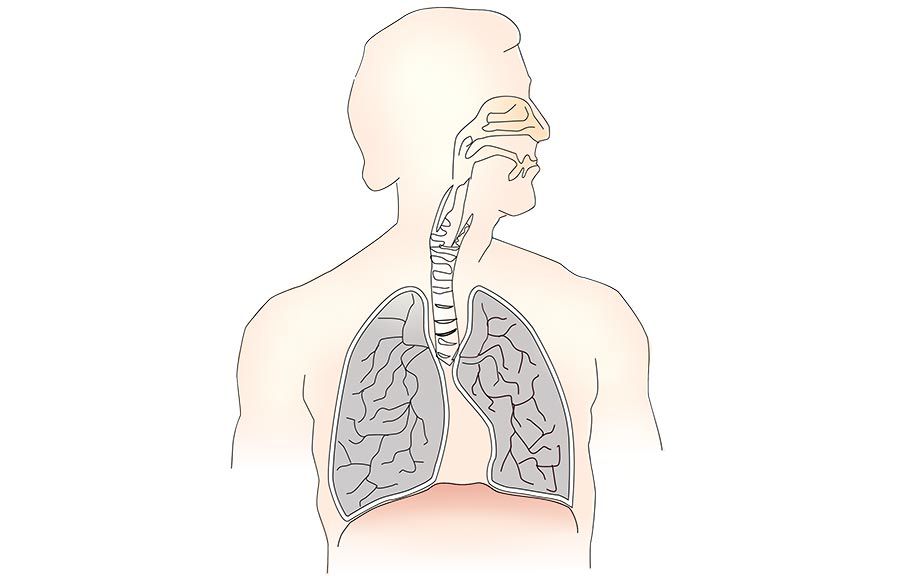Genomics
Institute
Determining factors that inhibit the interaction between COVID-19 and human host receptors
We are determining the atomic structures of antibodies that block the interaction between COVID-19 (SARS-CoV-2) and human host receptors, which can guide new therapeutic strategies for the global pandemic.
SHARE:
The interaction between the viral spike (S) glycoprotein and the human ACE2 receptor is important for the entry of SARS-CoV-2, the virus that causes COVID-19, into lung epithelial cells. It has been previously shown that selected antibodies can block this essential interaction by binding to the receptor-binding domain (RBD) on the surface of the viral spike protein.
The structure of complexes between these antibody components and the RBD presents a route to therapeutic discovery and design that can neutralize viral infectivity prior to its initial entry into cells. Our goal is to determine the 3D atomic structures of these complexes to show how antibodies compete with the biding of viral Spike protein to the ACE-2 receptor to define critical elements that can be targeted to prevent COVID-19 infection.
This work is funded by the Laboratory for Genomics Research (LGR), a collaboration between UC Berkeley/UCSF (IGI) and GlaxoSmithKline.
Share this project:



























